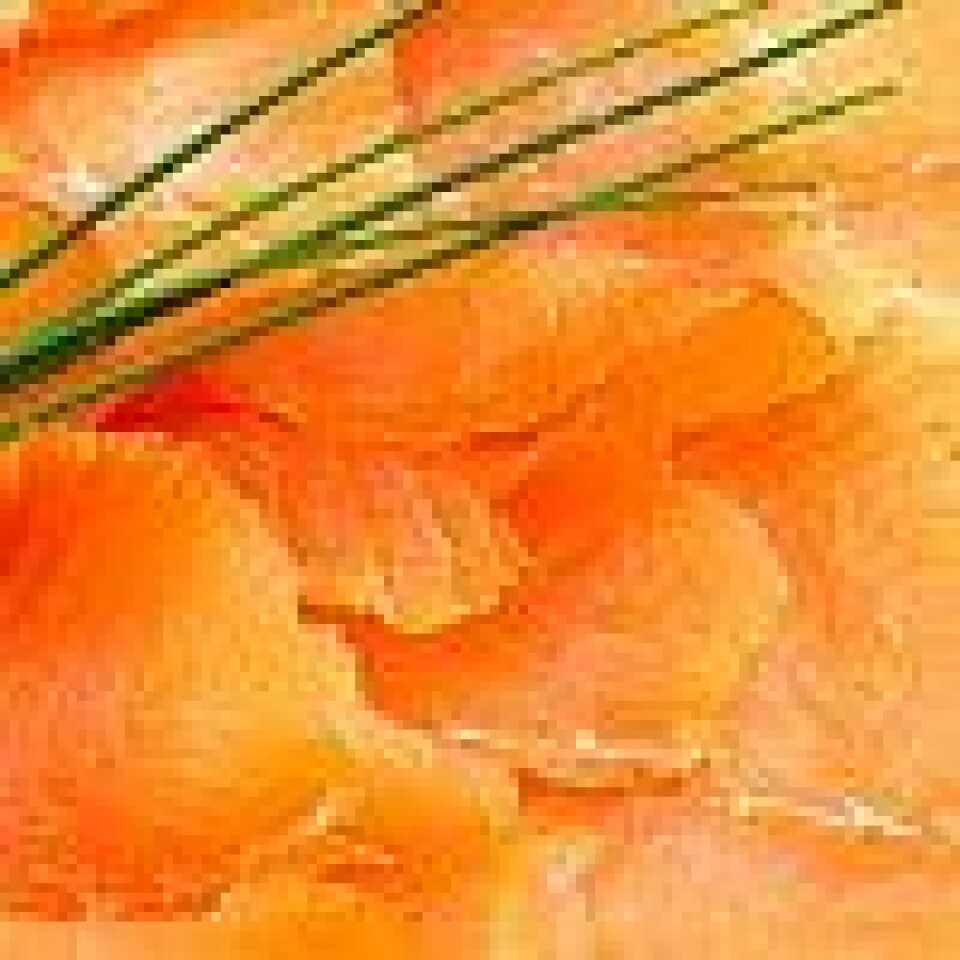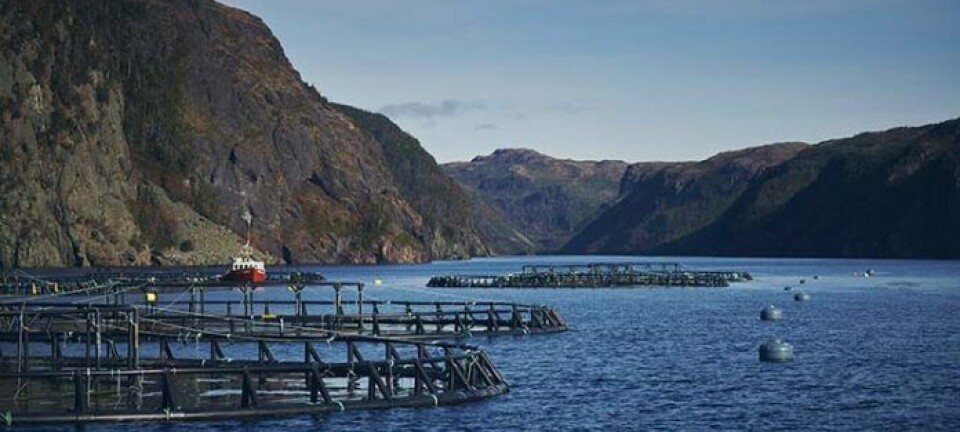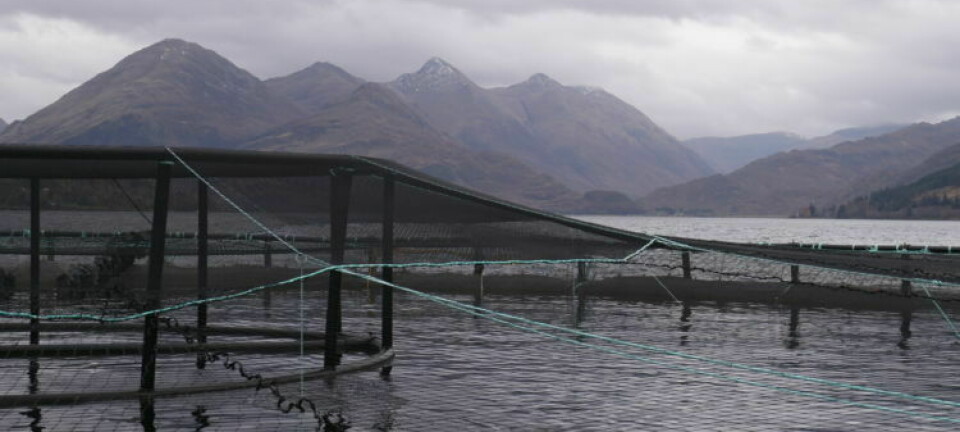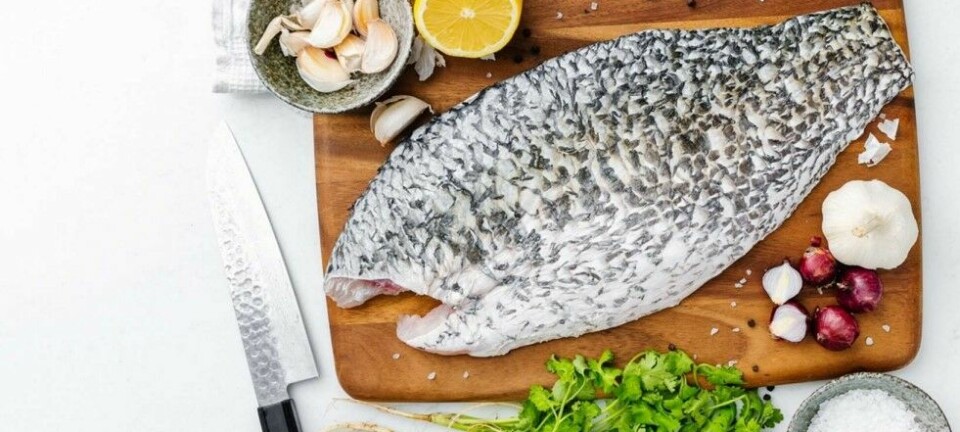
Chefs: Farmed salmon taste better than wild ones
In the on-going debate over which fish tastes better- farmed or wild- there is often no mention about which species of salmon are being compared. Previous tests have shown a consistent lack of ability to tell one type of salmon from another of the same species- wild Chinook tastes like farmed Chinook, and the same goes for Atlantic and Coho salmon. A recent article in The Washington Post describes an experiment where Washington, DC chefs were gathered to taste a variety of farmed and wild salmon from known sources- although none of them were from Canada. As Tamar Haspel of The Post writes, farmed salmon won the blind test “hands down”:
Read a story about salmon, and the odds are good that, somewhere, it’ll tell you that wild salmon tastes better than farmed. But does it? We decided to find out in a blind tasting, and assembled a panel that included noted Washington seafood chefs and a seafood wholesaler. The fish swam the gamut. We had wild king from Washington, frozen farmed from Costco, and eight in between, including Verlasso farmed salmon from Chile, which is the first open-pen farmed salmon to get a Seafood Watch “buy” recommendation. The tasters came from the Food section and the local seafood scene. Scott Drewno, executive chef of the Source by Wolfgang Puck, was gracious enough to prepare the fish; this was like Usain Bolt consenting to go for a jog. Drewno steamed portioned fillets simply, with a little salt.
The judgments were definitive, and surprising. Farmed salmon beat wild salmon, hands down. The overall winner was the Costco frozen Atlantic salmon (Norwegian), added to the tasting late in the game — to provide a counterpoint to all that lovely fresh fish, we thought.
There is an important caveat about the winning salmon: It was packed in a 4 percent salt solution. Many of the tasters noted, and liked, the saltiness. Chef-restaurateur Kaz Okochi (Kaz Sushi Bistro, Masa 14) mentioned that salt doesn’t only affect flavor but also helps make the texture of the fish firmer. Salting is “a typical Japanese technique for fish” and one he uses on salmon sushi. The Costco/Kirkland label product was a fine piece of fish, and one any of us would put on the table. Yet it wasn’t strictly comparable to the others. It was also about $5 per pound cheaper than any of them. The next three top-rated fish, with closely grouped scores, also were farmed: Trader Joe’s, from Norway; Loch Duart, from Scotland; and Verlasso.
Ancora chef-restaurateur Bob Kinkead, who estimates that he personally has garnished upward of 350,000 servings of Pepita Salmon, a signature dish at the now-closed Kinkead’s (“Salmon built my house,” he says), seemed disheartened that there was so little difference among the fish. “None stood out and said, ‘Buy me,’ ” he said. When standout flavors were detected, it wasn’t in a good way. A couple of samples had off-flavors that were picked up by some tasters but not by all. And, although some samples had either the large flake and high fat content that gave them away as farmed, or the finer grain and meaty texture that identified them as wild, we could not consistently tell which was which. One thing, though, is certain. You’ll never catch any of us saying wild salmon tastes better than farmed.
Other panelists: Bonnie S. Benwick, Tim Carman and Jane Touzalin of The Post and John Rorapaugh, director of sustainable initiatives at ProFish.
The fish, in order of panel preference (overall ratings 1-10, with 10 being the highest score):
1. Costco farmed Atlantic, frozen in 4 percent salt solution, from Norway; $6 per pound (7.6 out of 10)
2. Trader Joe’s farmed Atlantic, from Norway; $10.99 per pound (6.4)
3. Loch Duart farmed Atlantic, from Scotland; $15 to $18 per pound (6.1)
4. Verlasso farmed Atlantic, from Chile; $12 to $15 per pound (6)
5. Whole Foods farmed Atlantic salmon, from Scotland; $14.99 per pound (5.6)
6. ProFish wild king (netted), from Willapa Bay, Wash.; $16 to $20 per pound (5.3)
7. AquaChile farmed Atlantic, from Chile; $12 to $15 per pound (4.9)
8. ProFish wild coho (trolled), from Alaska; $16 to $20 per pound. (4.4)
9. ProFish wild king (trolled), from Willapa Bay; $16 to $20 per pound (4)
10. Costco wild coho, from Alaska; $10.99 per pound (3.9)
( US$ 15.- per pound equals approximately €24.50 per kilo)























































